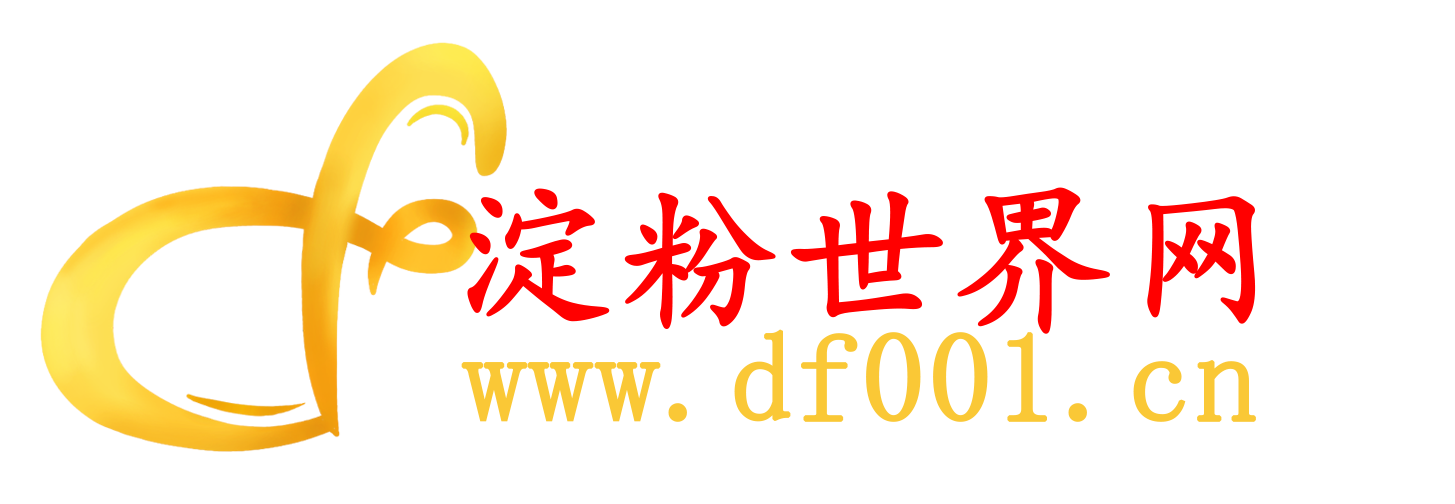Market supply is tightening, corn demand is improving
Since February, driven by favorable factors such as demand recovery, import decline, and policy support, corn prices have shown a stable upward trend. The national average spot price is 2092.3 yuan/ton, an increase of 3.25% compared to the same period last month; The price of the main futures contract rose from 2277 yuan/ton at the beginning of the month to 2305 yuan/ton in the middle of the month, and fell back to 2267 yuan/ton at the end of the month, showing a trend of first rising and then falling.
The pace of grain sales is accelerating, and the market sentiment is optimistic
Based on the same period of previous years, the Northeast production area will face the impact of grassroots grain sales pressure from February to March each year. This year, China Grain Reserves Corporation continues to expand its collection and storage scale and increase the number of collection and storage points. At the same time, other large enterprises have also expanded their acquisition scale, promoting the further acceleration of farmers' grain sales and enterprises' grain collection progress. It is reported that the current progress of grain sales in the three provinces and regions of Northeast China and North China is over 60%, and in some areas it is over 70%, faster than the same period last year.
With the increasing support of policies for corn and the decrease in corn imports, the spot price of corn is gradually rising. Due to the gradual consumption of low-quality corn in the early stage, the price and quality of medium and high-quality corn in the market have increased. Grassroots farmers have high expectations for future prices and weak willingness to sell grain in the short term; And traders have a high enthusiasm for grain collection, and their expectations for corn prices are also more optimistic, driving the spot prices to run stronger.
The expectation for enterprises to resume production is positive
In terms of industrial demand, with the expansion of corn deep processing capacity, the profits of processing enterprises have improved, the operating rate has rebounded, and downstream enterprises have increased their demand for replenishment and procurement. As of February 21st, the average operating rate of the corn starch industry was 63.52%, an increase of 3% year-on-year. Some enterprises have slightly increased their purchase prices to promote the arrival of goods. Under the dual driving force of market bullish mentality and processing enterprises raising prices to promote collection, the spot market has been effectively boosted, supporting the strong operation of corn prices. At present, the purchase price of corn for deep processing enterprises in Northeast China is 1925-2070 yuan/ton, and the purchase price for deep processing enterprises in North China is 2080-2140 yuan/ton.
In terms of feed demand, currently corn has a relatively high cost-effectiveness for feed without import shock and domestic substitution. Although the total output of industrial feed in China will slightly decrease in 2024, the amount of corn used will increase by 7.93 million tons, a growth of 7.6%. The cost-effectiveness advantage of corn has gradually become prominent in the field of feed processing.
According to monitoring by the Ministry of Agriculture and Rural Affairs, the inventory of medium and large-sized pigs in China increased by 1.1% year-on-year in January, and the number of newborn piglets was also about 2.5% higher than the same period last year. At present, the breeding industry is in a profitable state, and some farmers still have some confidence in the future market. There is still room for growth in the inventory of live pigs, which may provide some support for the consumption of corn for feed. However, with the recent rise in spot prices of corn and soybean meal, the advantage of wheat as a feed substitute may gradually emerge, and corn spot prices may continue to rise or encounter resistance.
In the short term, with grain receiving companies continuously raising their purchase prices, the market volume has improved, and the amount of goods received by processing companies has increased compared to the previous period. The space for companies to continue raising prices may be reduced.
In the long run, the progress of grain sales continues to advance, gradually reducing the pressure on the corn supply side. As temperatures gradually rise, the difficulty of storing corn will increase, and coupled with the need for farmers to prepare funds for spring plowing, the future market volume of corn may further increase, and the corn market may show a gradually improving buying and selling situation.


 Industry
Industry